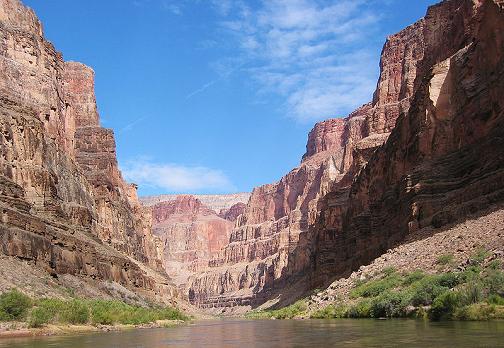
The geological column, exemplified by the rock layers along the walls of the Grand Canyon, offers us a chance to glimpse back into geological history. Towards the top, we find remains of more recent geological events. As we descend the column, the rocks and fossils found in each new layer are the remains of an earlier geological time. In a way, the geological column is like a time machine, allowing us to view the change and development of the earth and its creatures.
Price, however, disagreed. “This alleged historical order of the fossils is clearly a scientific blunder,” he wrote. In fact, he argued that there is no way to know whether or not fossils from one layer lived before, during, or after those from another. The so-called “geological column,” he argued, was nothing more than an artificial chronology assigned to these buried rocks.
Unfortunately, Price failed to realize that no single geological column exists. Rather, our knowledge of the fossil record comes from comparing samples from thousands of partial records across the globe. By combining these chapters, we can — and have — created a detailed history of the planet.
Why critique the scientific reasoning of a book that is almost 90 years old? Certainly, many other scientific ideas from the same time have been proven wrong. The difference, however, is that while most of these theories have since been corrected, Price’s New Geology still forms an important part of modern young earth creationist thought.
To read more about Price, the problems with his book, and how his ideas are still accepted today, be sure to read Karl Giberson’s scholarly essay “Adventist Origins of Young Earth Creationism”.

